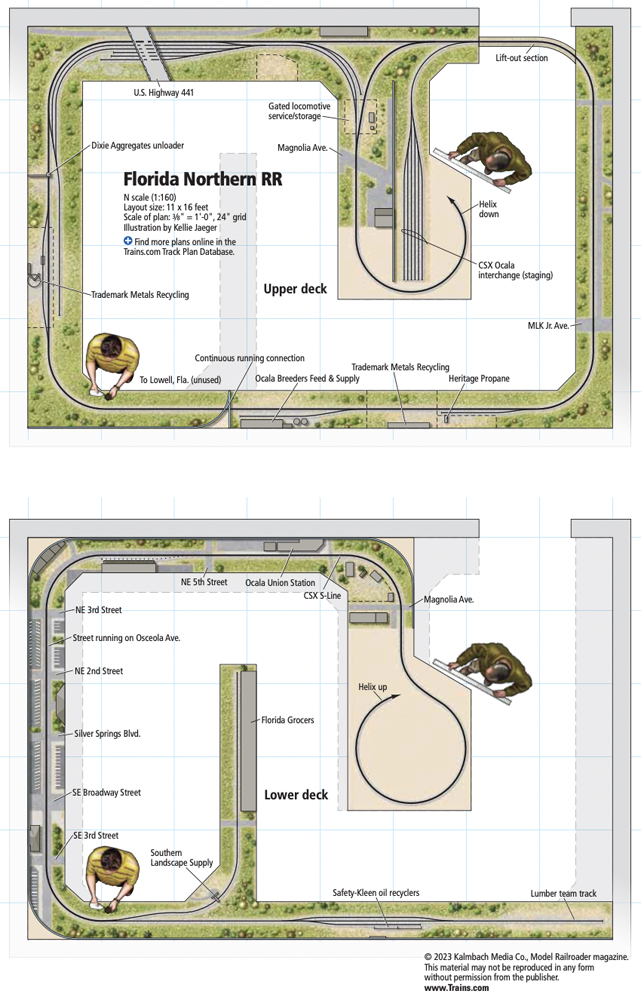
Facts & features Name: Florida Northern RR Scale: N (1:160) Size: 11 x 16 feet Prototypes: Florida Northern RR Locale: Central Florida Era: 2004 Style: Double-decked walkaround Mainline run: 88 feet Minimum radius: 18″ Minimum turnout: No. 6 Maximum grade: None Download a PDF of this track plan! Buy the May 2023 issue of Model […]
Read More…
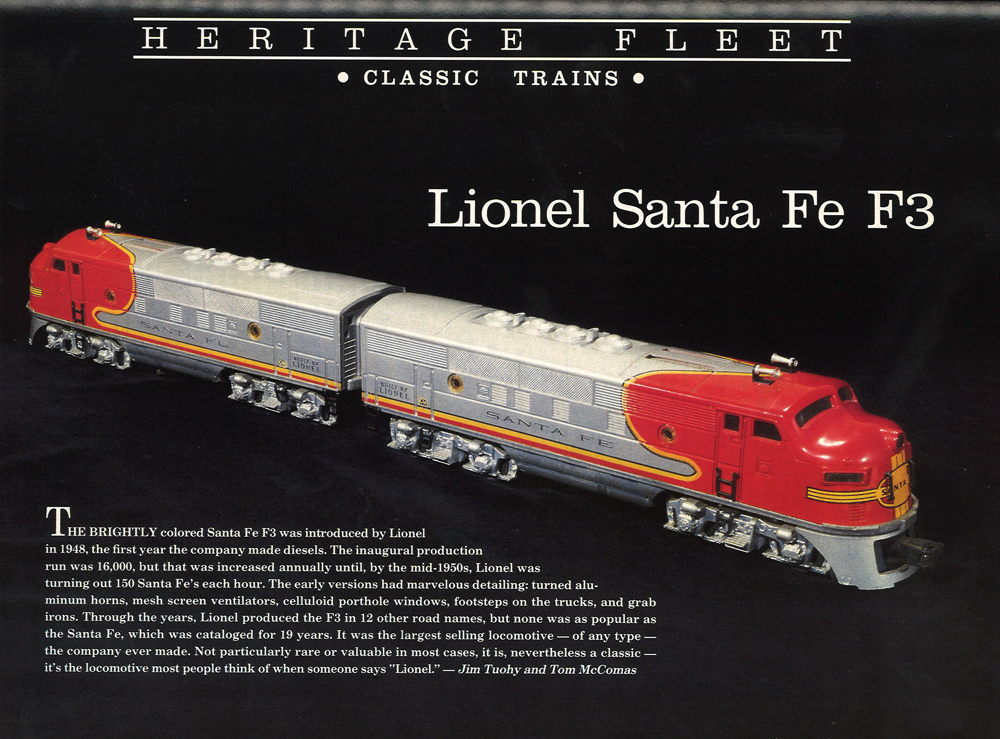
The history of the “Heritage Fleet” column is an interesting one. This regular feature in Model Railroader magazine between March of 1987 and March of 1990, helped toy train enthusiasts and scale modelers discover classic miniature locomotives, cars, and more designed and sold in the first 50 or so years of the 20th century. In […]
Read More…
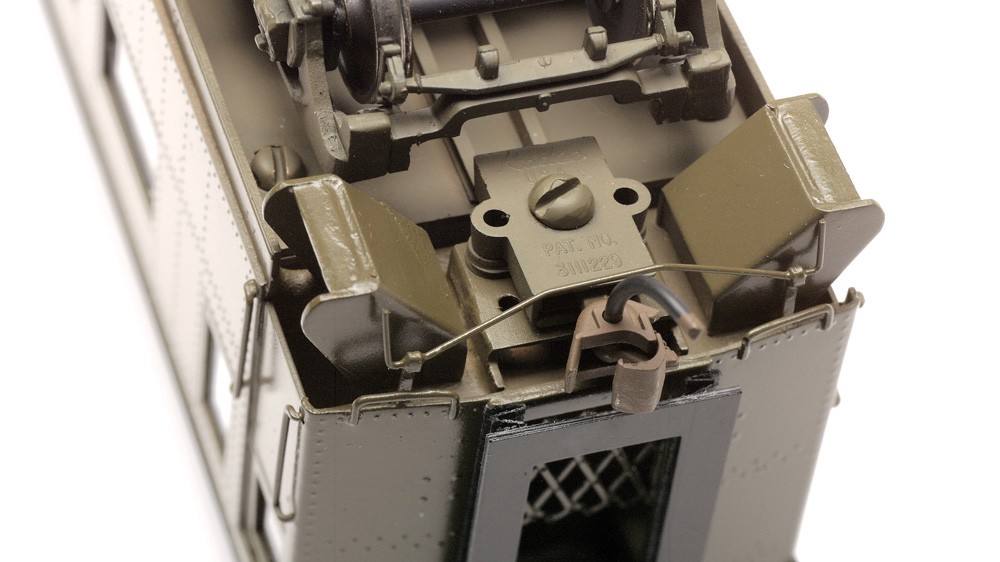
If you’re new to the hobby, you might be wondering why some modelers change the couplers on their trains. Couplers are the devices that connect individual locomotives and rolling stock together while playing a critical role in determining the realism and reliability of a model train. To put it simply, some model railroaders choose to […]
Read More…
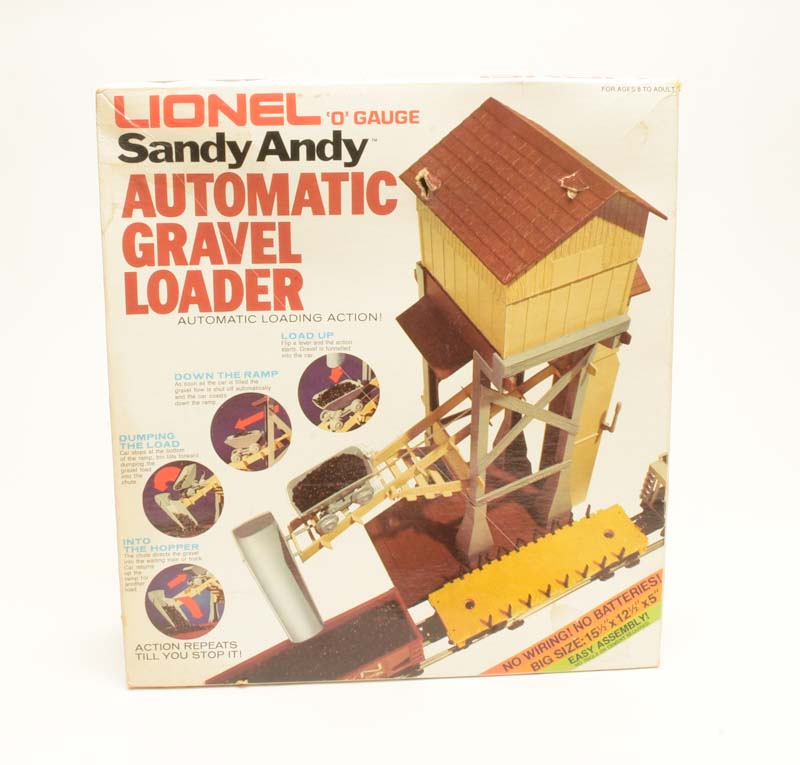
The Lionel Sandy Andy Automatic Gravel Loader was part of the catalog in the late 1970s. It’s a shame it didn’t last longer because it’s among the most interesting products the company ever made. It’s not neat because of what it does; after all, Lionel produced numerous coal and gravel loading and dumping structures over […]
Read More…
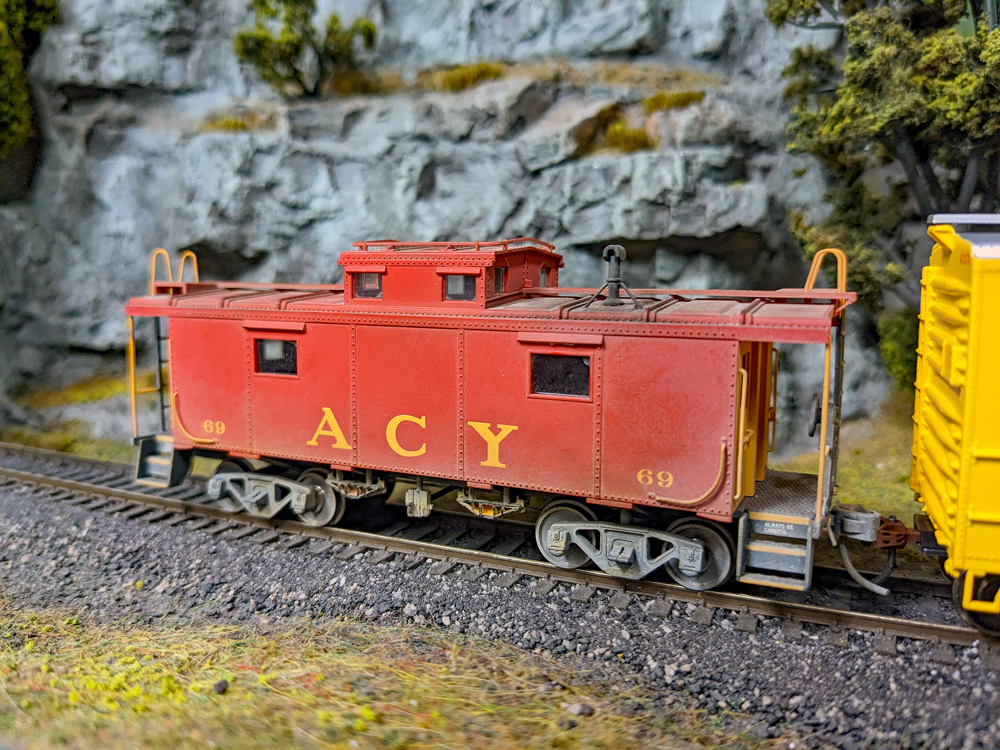
My favorite caboose: The MR staff picks their favorite caboose model and explains why it’s their favorite. What’s your favorite caboose? Leave a comment and let us know! Mitch Horner International Car Co. I-18 steel bay window caboose I’ve been enamored recently by Tangent’s Chessie System “’73+ Repaint Version 2” International Car Co. I-18 […]
Read More…
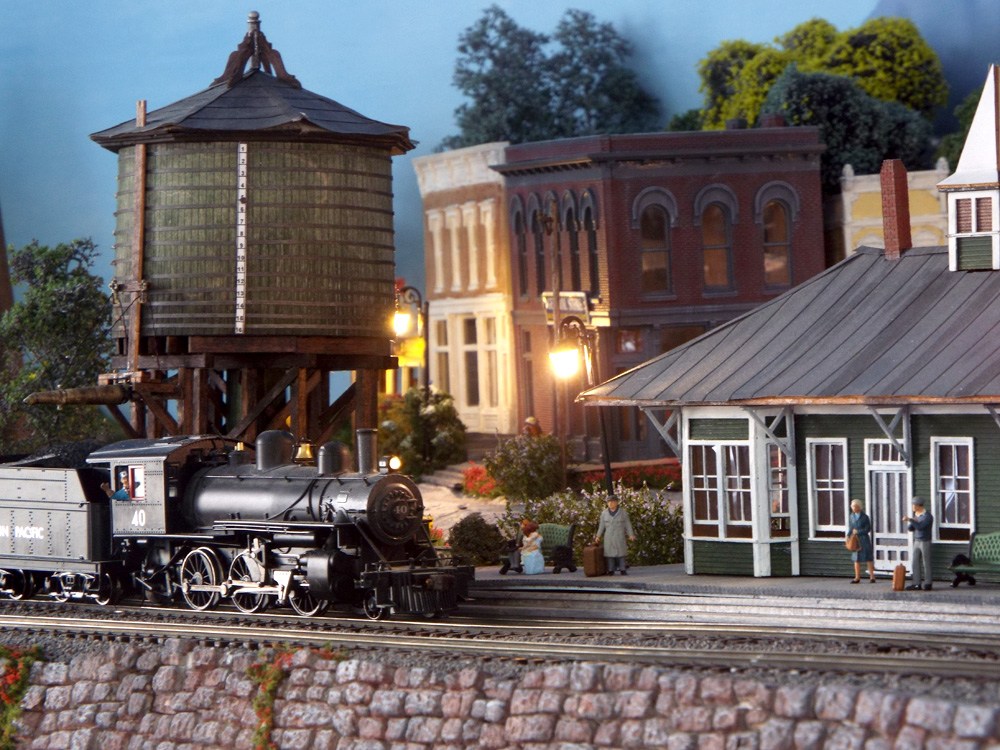
By Greg Privette Vacationing near the Olympic mountains of Washington state birthed a vision for my new HO scale layout. Logging was the industry and Shelton, Wash., was home to the last logging railroad in the United States. Old-growth timbers harvested near Camp 5 were delivered by the Simpson Railroad to Shelton starting around the […]
Read More…
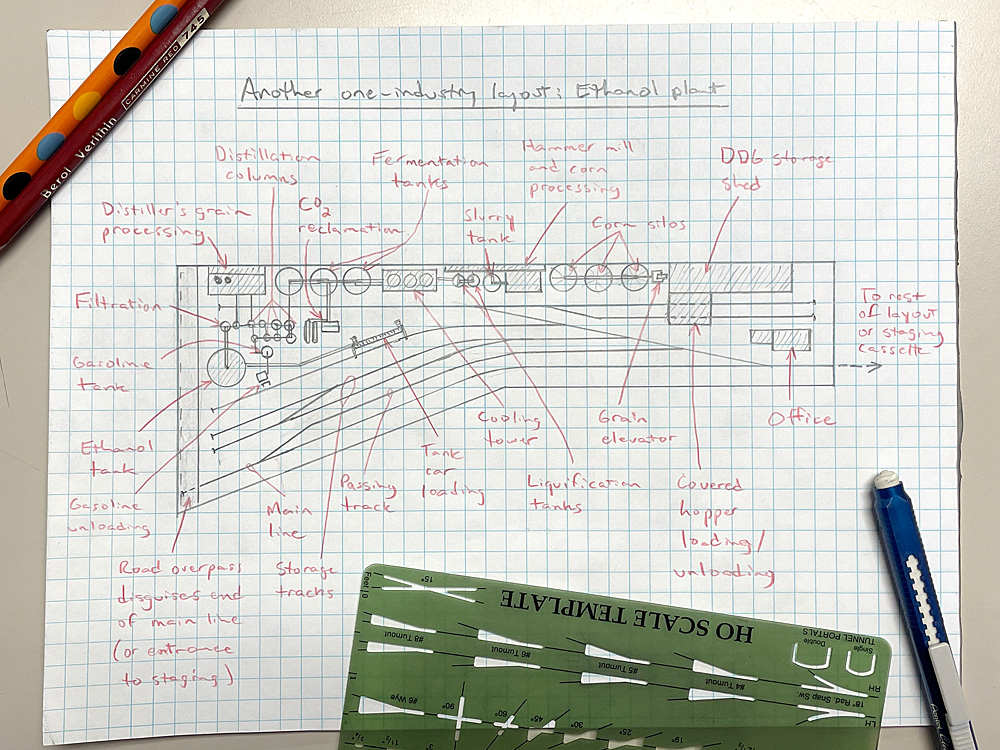
In last month’s “Sketching with Steve,” I explored a single-industry track plan by drawing a 4×8 paper mill layout. This month I’m doing it again, this time creating an ethanol plant track plan. If you’re looking for a modern industry that offers lots of business for your model railroad, an ethanol plant is for you. Jeff […]
Read More…
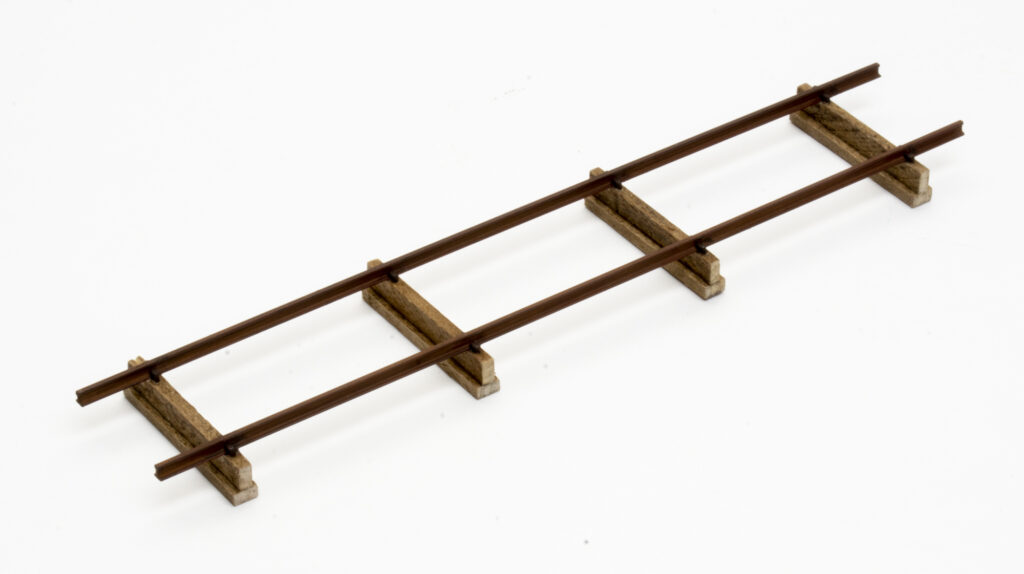
Sometimes a discussion about prototype railroading can lead to a modeling project. A few years back I was talking with my longtime friend William Phalen in Crookston, Minn. During our conversation, I mentioned seeing a photo of a pile of grain doors by the Crookston Farmers Co-op Elevator. He said the doors were stored on […]
Read More…
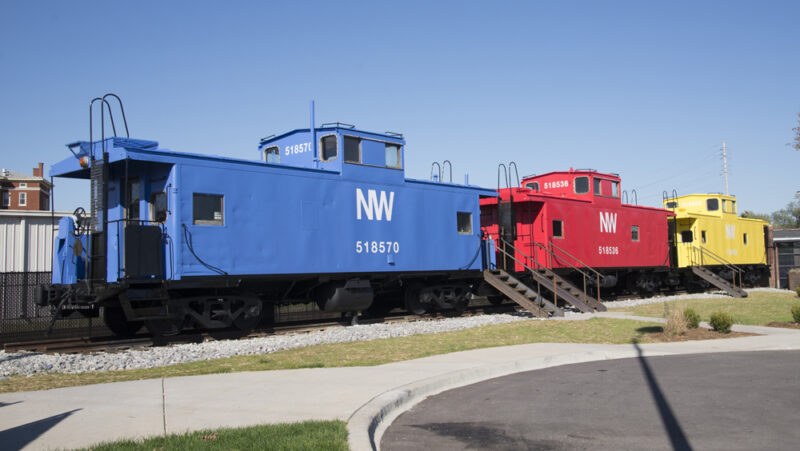
Looking for interesting uses for cabooses? If you’re of a certain age (myself included), you remember when a caboose was on the end of almost every train. Then, in the 1990s, cabooses began to disappear. Instead of a friendly wave at the end of a train, you were greeted by a blinking red light on […]
Read More…
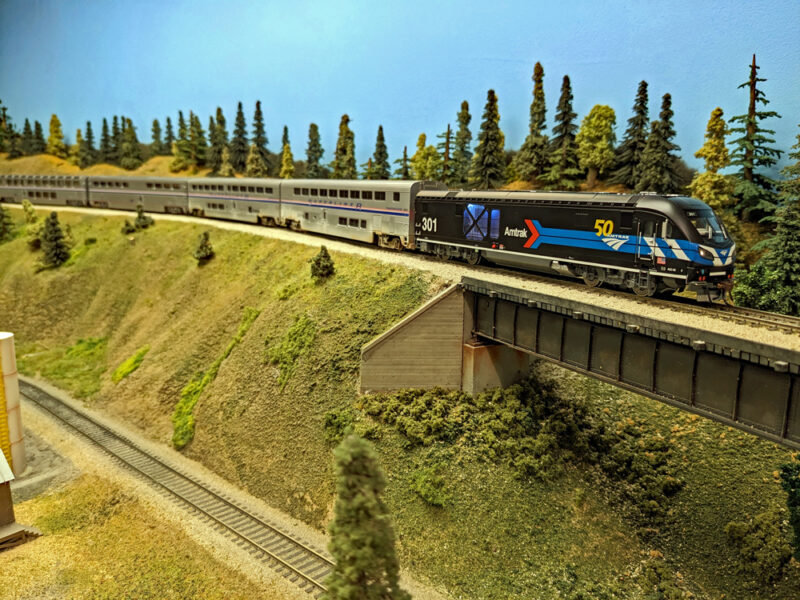
If you love traveling around the country on the rails like I do, you probably want to know how to model modern Amtrak passenger train consists. Amtrak’s consists vary between regions and train-by-train. For instance, there is a height limit in the New York City area so any train going in or out of New […]
Read More…
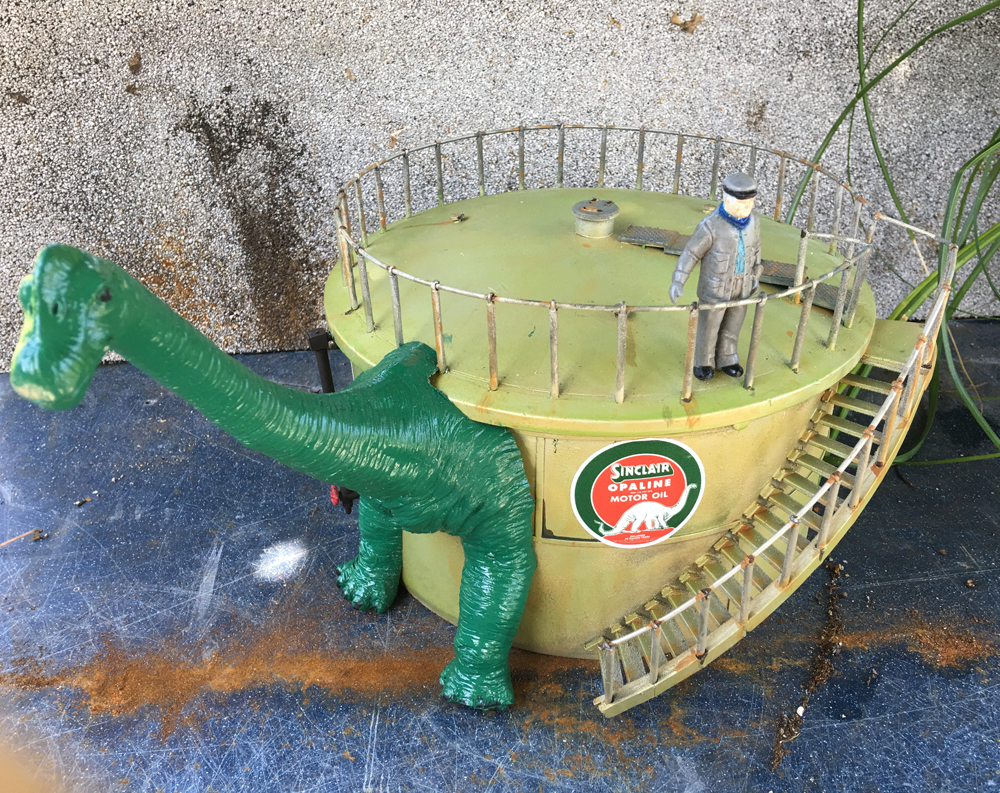
I always wanted to build a Sinclair gas station. As a kid, I remembered a Sinclair gas station in Pennsylvania with a large dinosaur statue on the front of the building. You had to walk through its legs to get inside. I wanted a similar style of structure for my garden railroad. I started with […]
Read More…
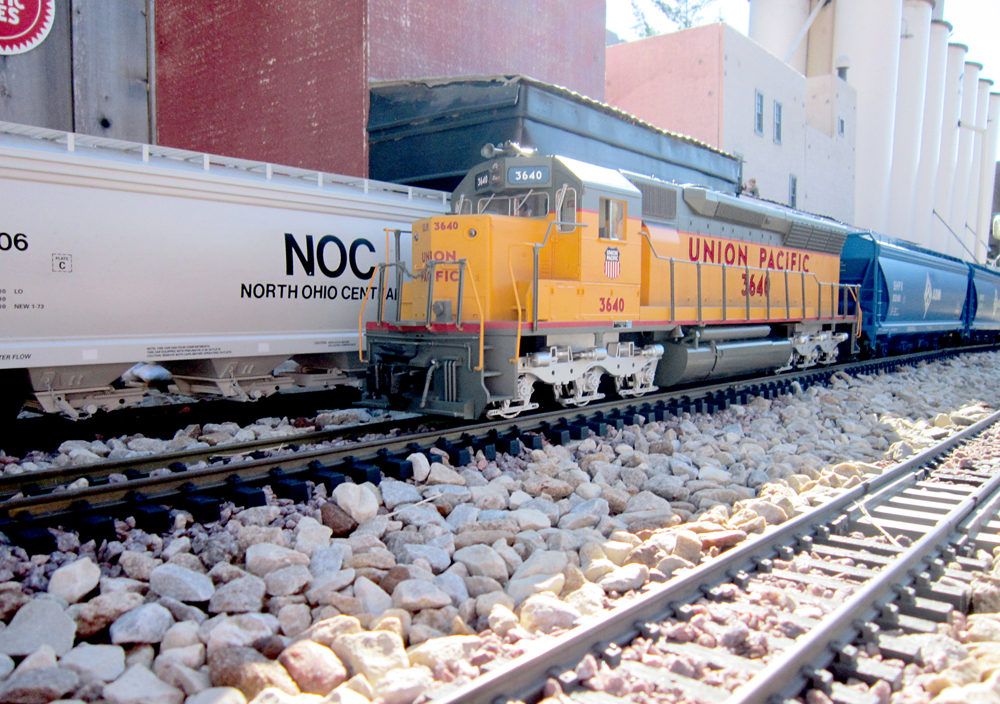
Industries in northern Ohio: The track and buildings are relatively level, but the walking area follows the contour of the ground. The entrance at the east is the highest, with the track and buildings being about one foot higher than the path. As you proceed to the west end, the path descends a little, so […]
Read More…












